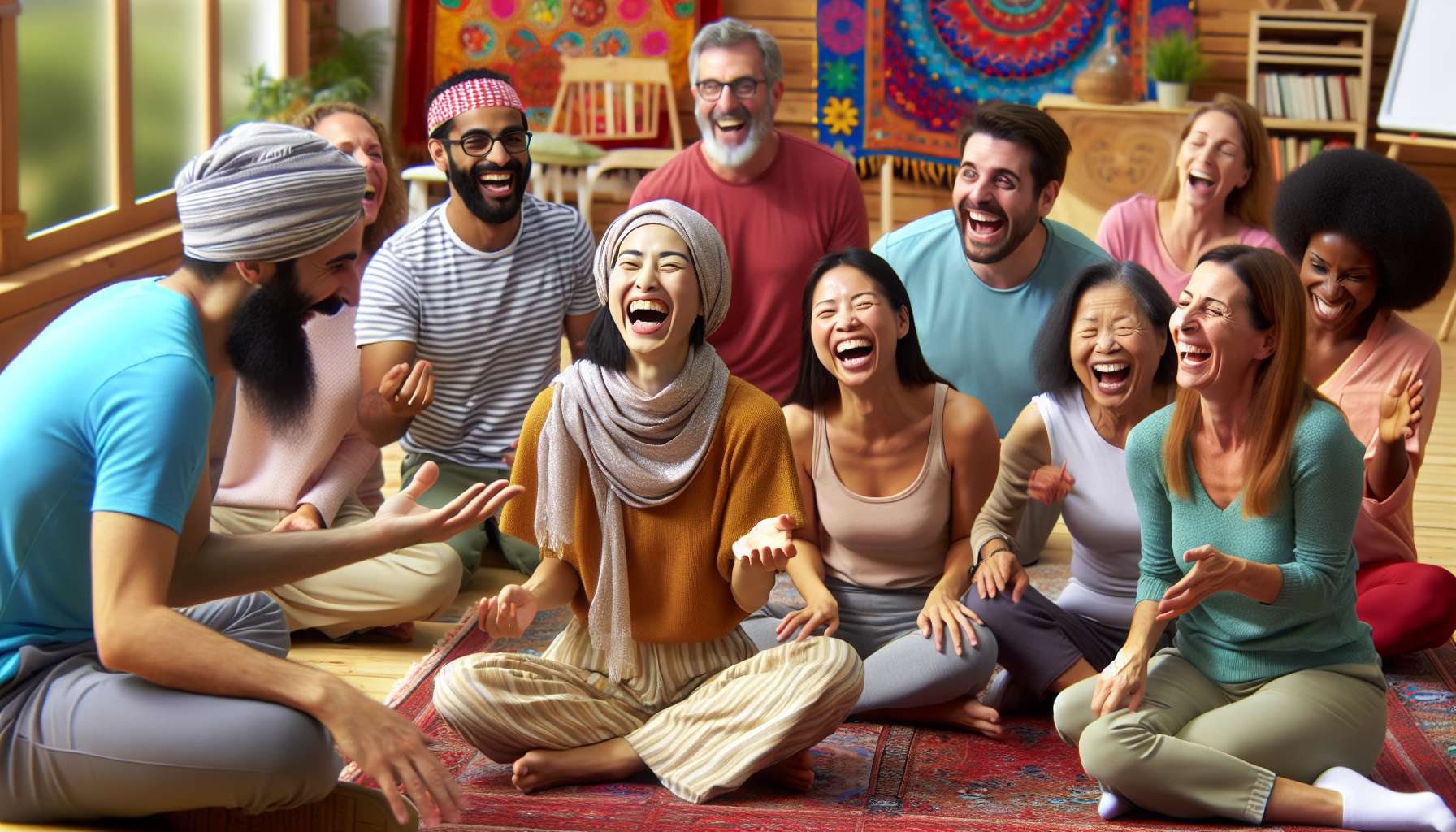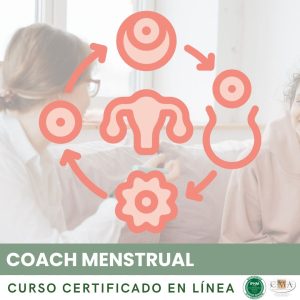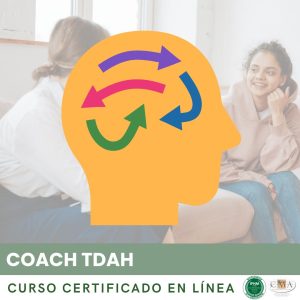
The management of the rhythm and dynamics of the session is a key skill for any laughter therapy facilitator. It is a matter of creating and maintaining a positive energy flow throughout the session, wisely alternating between periods of intense activity and moments of recovery. The goal is to keep participants engaged and motivated, without exhausting or overwhelming them.
For this, the facilitator must have an overall view of the session and its progression. He structures the course into different coherent and balanced sequences. For example, after a series of dynamic and physical laughter exercises, he can propose a relaxation or laughter meditation time to allow the integration of the benefits. He ensures to arrange regular breaks for drinking, breathing, and informal exchange.
The facilitator is attentive to the verbal and nonverbal signals of the participants to adjust the rhythm accordingly. If the group seems tired or dispersed, he can propose a breathing exercise or a concentration game to re-mobilize attention. Conversely, if the energy is there, he can chain several fun and interactive activities to maintain the dynamic.
Varying the formats and types of exercises is essential to maintain the interest and active participation of everyone. The facilitator alternates between individual exercises, in pairs, in small groups and large group. He balances standing and sitting activities, static and moving, verbal and non-verbal… This diversity stimulates the different facets of the laughing experience and adapts to everyone’s preferences.
The pace must also be adapted according to the level of ease and confidence of the group. At the start of the session, short and progressive exercises allow for gentle familiarization. Then, the facilitator can gradually suggest more engaging and disinhibiting activities, while staying attuned to any possible resistances. Towards the end, it is important to provide a return to calm and an integration of the benefits, without rushing the transition.
Music and the sound environment are precious allies to support the dynamic of the session. The facilitator can use energizing playlists to stimulate laughter and movement, then softer pieces to accompany relaxation moments. He can also play with the volume, rhythm, and silences to create surprise and contrast effects conducive to laughter.
Establishing rituals and landmarks is another way to structure the dynamics of the session. The facilitator can use sound or visual signals to mark the transitions between different sequences. He can also suggest key sentences or gestures to repeat at certain times to reinforce group cohesion and the sense of belonging.
Throughout the session, the facilitator embodies and conveys a positive and communicative energy. He is fully present, attentive and responsive to what is happening in the group. He allows himself to improvise and bounce back on funny situations that emerge. His enthusiasm and joy of living are contagious and lead participants in a virtuous dynamic.
Finally, the facilitator ensures to respect the allotted time and manage the unexpected with flexibility. He may have planned some “bonus” activities to use if timing allows, or conversely be ready to cut short certain exercises if necessary. The important thing is to stay on course with the objectives of the session and adapt in real time to offer the best possible experience to participants.
In summary, the management of the rhythm and dynamics of the laughter therapy session relies on a subtle and benevolent orchestration by the facilitator. Through a balanced structure, a variety of exercises, an adaptation to the group, and a positive energy, he creates the conditions for laughter to emerge and unfold optimally. This skill requires experience, intuition, and creativity to find the right tempo and elicit the commitment of everyone till the end. A fluid rhythm and a joyful dynamic are the key to a successful and memorable session, where the benefits of laughter can fully operate.
Key points to remember:
– The management of rhythm and dynamics is essential to maintain a positive energy flow and keep participants engaged and motivated throughout the session.
– The facilitator structures the session into coherent and balanced sequences, alternating between periods of intense activity and moments of recovery, while arranging regular breaks.
– He is attentive to the verbal and non-verbal signals of the participants to adjust the rhythm according to their energy level and mindset.
– Varying the formats and types of exercises (individuals, in pairs, in groups, standing, seated, static, moving, verbal, non-verbal) is crucial to maintain interest and active participation from everyone.
– The rhythm must be adapted to the group’s level of ease and confidence, with a gradual progression towards more engaging activities and a return to calm at the end of the session.
– Music, rituals, sound, or visual landmarks are precious tools to support the dynamic and mark the transitions.
– The facilitator embodies and conveys a positive energy, while demonstrating presence, reactivity, flexibility, and creativity in the face of the unexpected.
– Successful management of rhythm and dynamics relies on subtle and benevolent orchestration, balanced structure, a variety of exercises, and constant adaptation to the group, to create optimal conditions for the emergence and deployment of laughter.
👉 To download docx (Editable) file click here : Click here
👉 To download PDF file click here : Click here
👉 To download MP3 file click here : Click here





